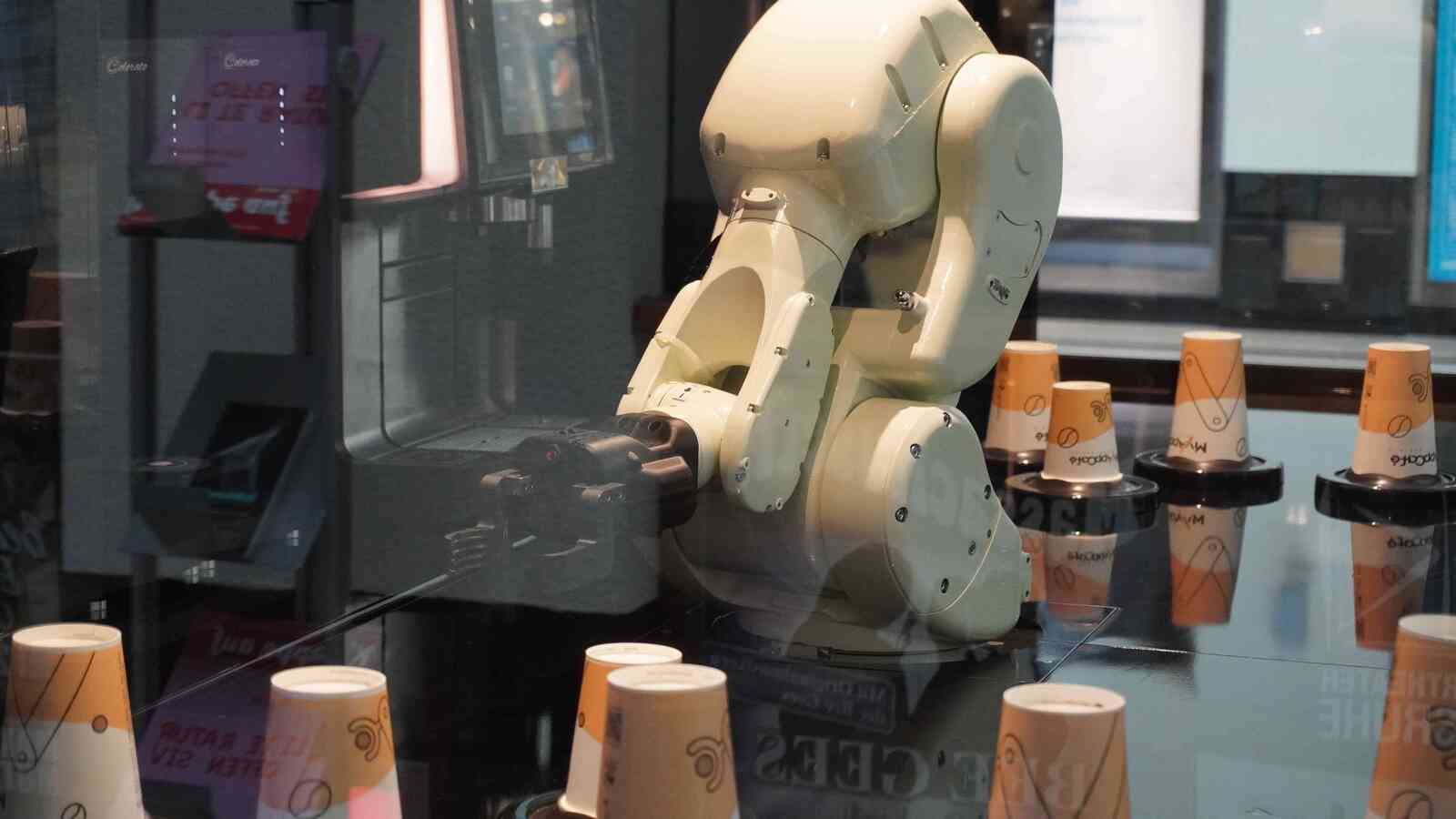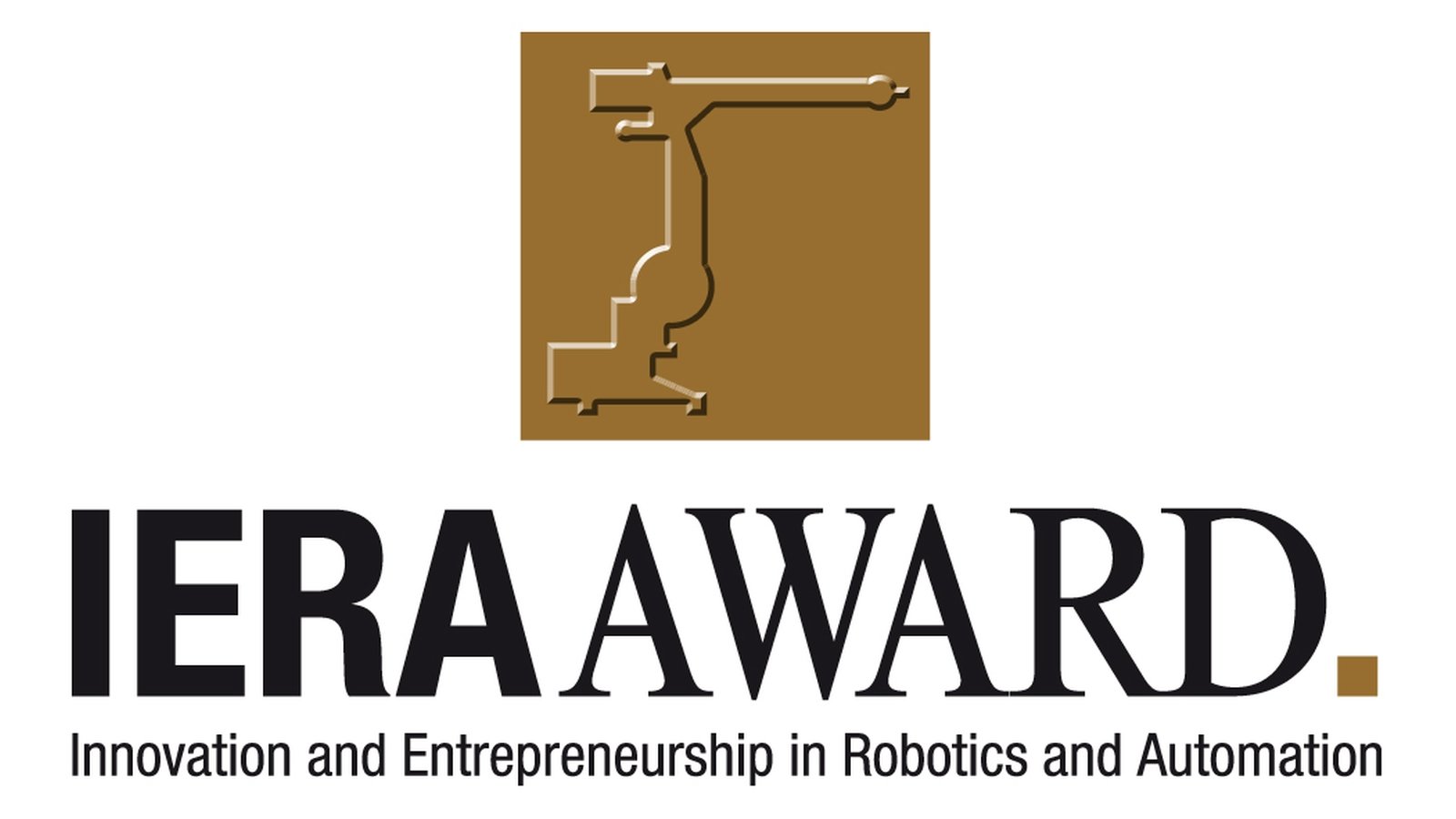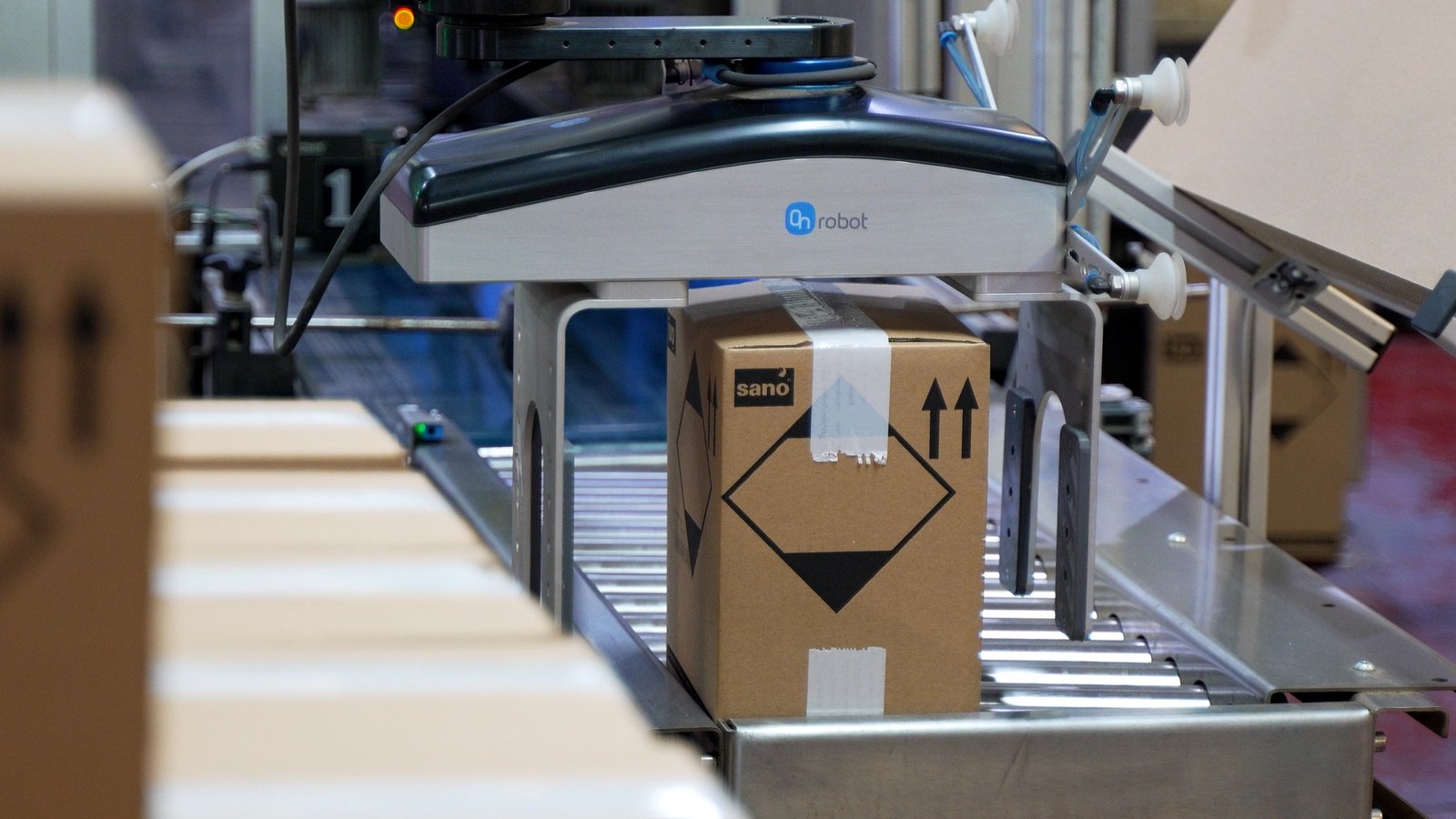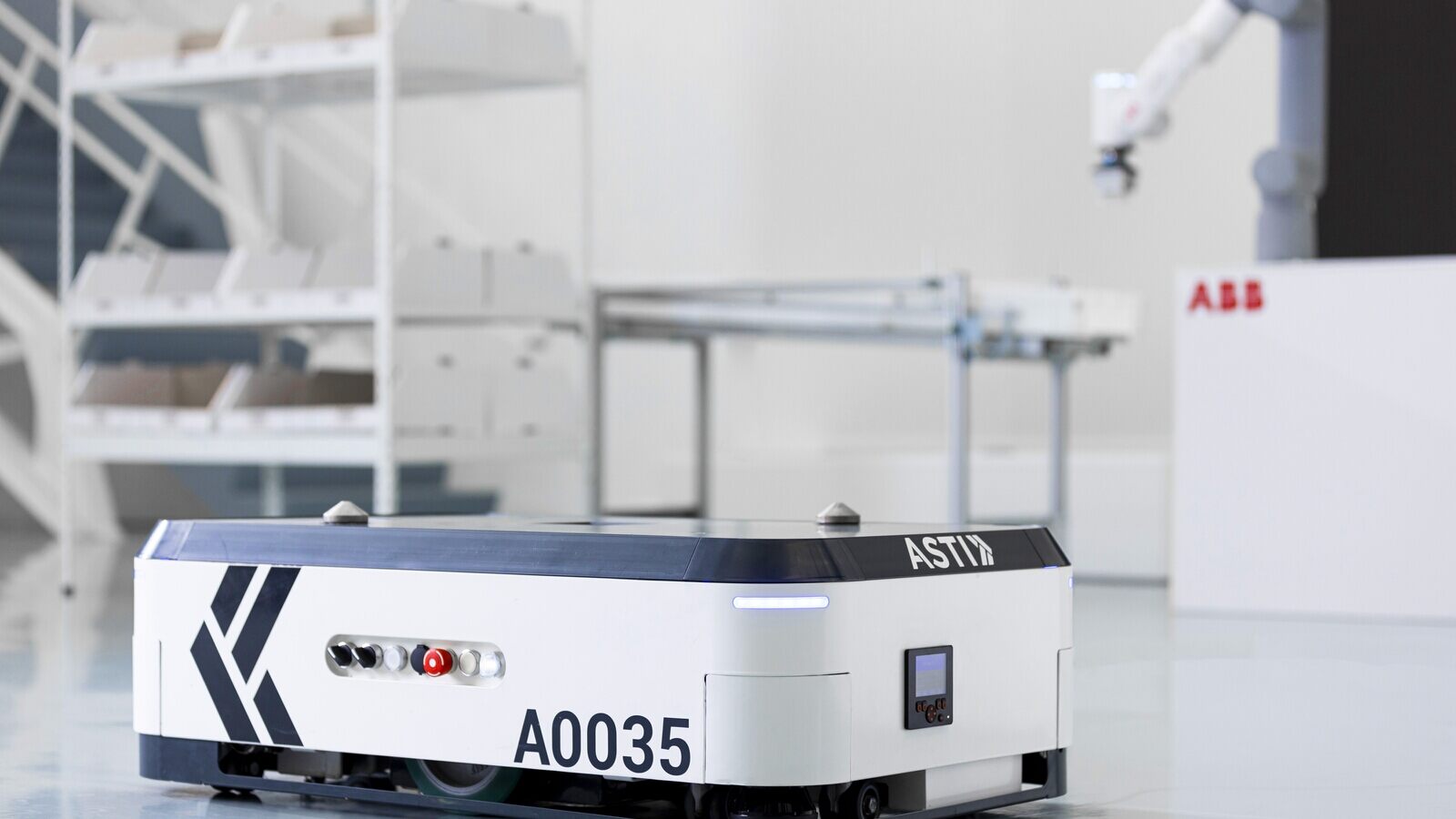
Contact
IFR Secretariat

Dr. Susanne Bieller
IFR General Secretary
Phone: +49 69-6603-1502
E-Mail: secretariat(at)ifr.org

Silke Lampe
Communication Manager
Phone: +49 69-6603-1697
E-Mail: secretariat(at)ifr.org

Sibylle Friess
Membership Management
Phone: +49 69-6603-1124
E-Mail: secretariat(at)ifr.org
IFR Statistical Department

Dr. Christopher Müller
Director IFR Statistical Department
Phone: +49 69-6603-1191
E-Mail: statistics(at)ifr.org

Nina Kutzbach
Project Manager Industrial Robotics
Phone: +49 69-6603-1518
E-Mail: statistics(at)ifr.org

Dr. Anne Jurkat
Project Manager Service Robotics
Phone: +49 69-6603-1479
E-Mail: statistics(at)ifr.org
Credits · Legal Disclaimer · Privacy Policy ·World Robotics Terms of Usage · © IFR 2024



